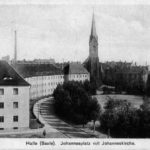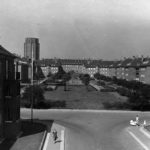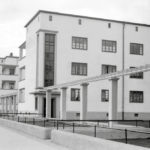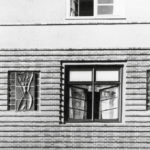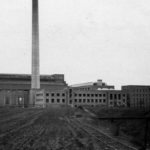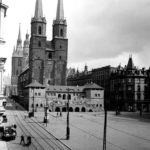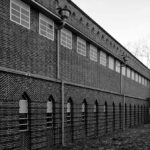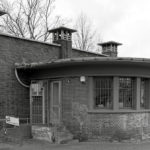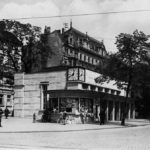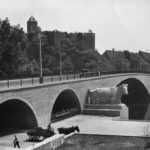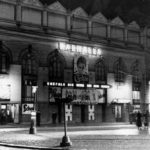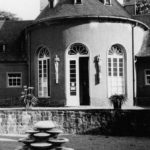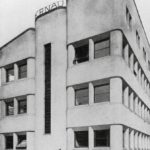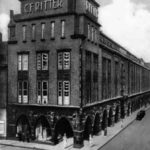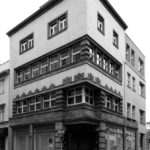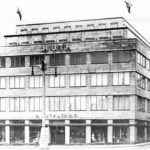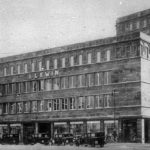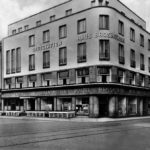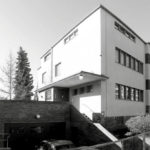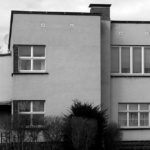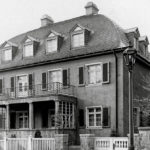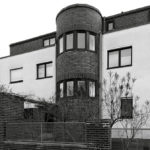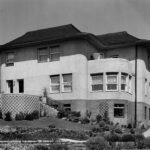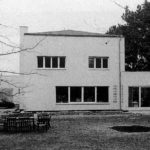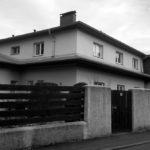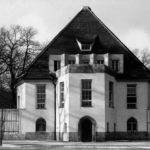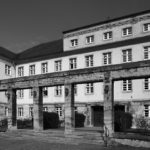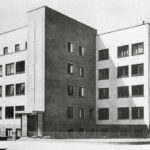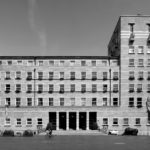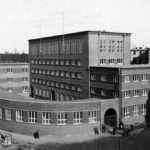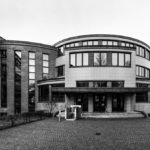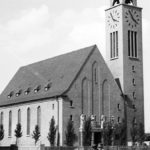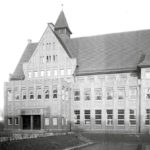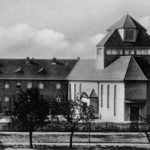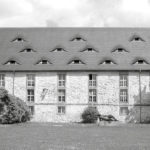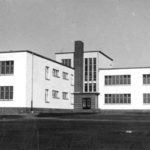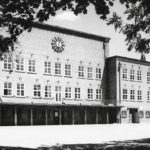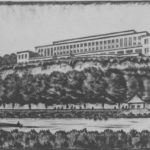Places overview
Housing and building in Halle in the 1920s depended largely on the numerous guidelines and regulations of the state. A housing office was founded, in which all administrative matters relating to the building of housing came together. Planning and building apartment houses was in the hands of the head of housing, Paul May (appointed in 1921) and the director of urban development Wilhelm Jost. Due to a targeted land policy after the end of the First World War, it was possible to increase the city’s ownership of the buildable area and thus pave the way for future urban expansion. For residential construction, which had concentrated on the northern part of the city before the war, the focus was primarily on building up the south, because here, in addition to spacious construction areas for bigger housing estates, large plants such as Ammendorf or Leuna were located, and this would give workers an ideal transport connection. Jost was responsible for the subsequent expansion. It was his wish to create garden city-like estates surrounding the city centre, connected by a few radial roads. Unfortunately, the first plans failed due to a lack of funding. The mayor, Rive, managed to convince the large enterprises to build company-owned apartments. This resulted in the founding of Kleinwohnungsbau Halle AG in 1922, which, in addition to the Bauverein für Kleinwohnungen, founded in 1910, established itself as an important authority in Halle’s housing construction.
The city secured more than 50 percent of the share capital and was therefore always able to influence the construction projects. The remaining shares were offered to local companies in order to allow them to actively participate in housing construction. A personality that was to guide the structural and economic fortunes of the cooperative was soon found in the architect Heinrich Faller. From 1922, the planning and realisation of the first large housing estates began, with the suburb Am Gesundbrunnen, the Lutherviertel and the Vogelweide estate. In addition, many smaller residential estates shaped the image of the city. However, although the construction of housing in Halle had reached its peak in 1930 with an average of 1,500 units, there was still a great demand for more housing well beyond the times of the Weimar Republic.
In order to meet the ever-growing needs for a supply of power, the infrastructure of the modern cities of the 1920s was extremely important. Wilhelm Jost not only designed the power station in Trotha (1924–26), which no longer exists today, but between 1924 and 1928, he also had several transistor stations built to provide all the households in Halle (Saale) with power. The three-phase current generated by the generators of the power plant with a voltage of 3,000 and 6,000 volts was increased to 15,000 volts in a switch house and forwarded to the various substations and forming stations. For the director of urban development Jost, the construction task of the Trotha power plant and the distribution station was to become a field of experimentation for a modern architectural design idiom, which today can be described as historicising to functionally elegant.
